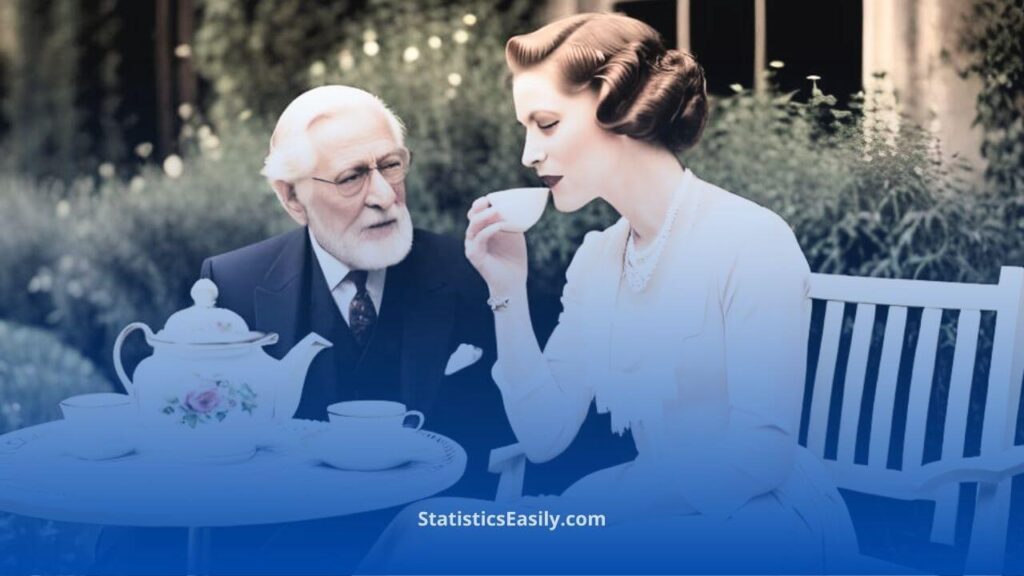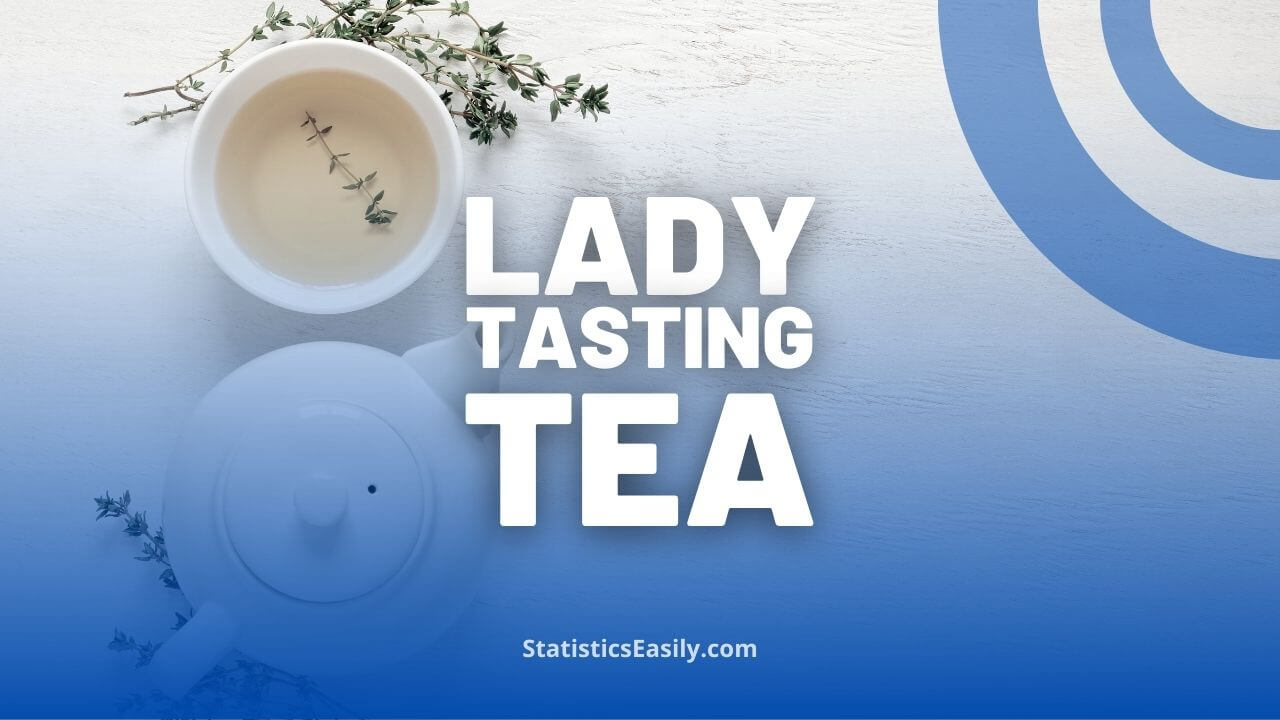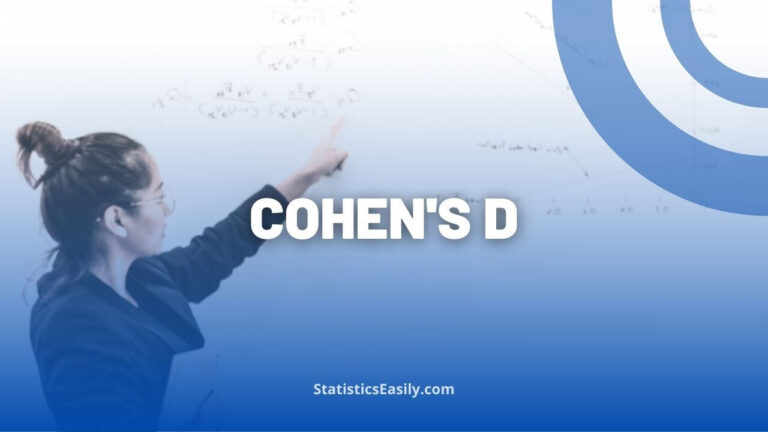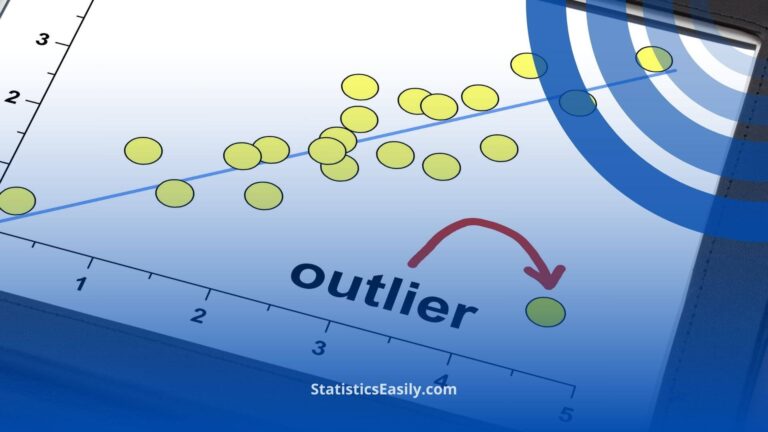The Statistical Significance of the ‘Lady Tasting Tea’ Experiment
“Lady Tasting Tea” is a famed experiment in statistics conducted by Ronald Fisher. It birthed modern hypothesis testing when a lady at a tea party claimed she could discern whether tea or milk was poured first into a cup, leading to significant advancements in statistical science.
Introduction to the ‘Lady Tasting Tea’ experiment
The ‘Lady Tasting Tea’ experiment is a quintessential story of statistical significance and hypothesis testing, set in a relaxed garden party atmosphere. It’s an experiment from a seemingly innocuous claim by a lady at a gathering hosted by renowned biologist and statistician Ronald A. Fisher in 1920s Cambridge. The lady confidently asserted that she could discern whether milk or tea was poured first into her cup.
Intriguing by her claim, Fisher promptly turned it into an experiment, marking the birth of modern hypothesis testing. He presented her with eight cups of tea, four prepared per her preference (milk first) and four the other way round (tea first). The lady successfully identified all cups, leading Fisher to develop a methodology to test the statistical validity of such claims.
Highlights
- The ‘Lady Tasting Tea’ experiment gave birth to modern hypothesis testing.
- Fisher used the null hypothesis concept for the first time in this experiment.
- Fisher performed the first randomized controlled trial during this experiment.
- The experiment spurred the development of Fisher’s design of experiments and null hypothesis testing.
- The ‘Lady Tasting Tea’ principles are fundamental in data science today.
Ad Title
Ad description. Lorem ipsum dolor sit amet, consectetur adipiscing elit.
The Historical Context of the ‘Lady Tasting Tea’ Experiment
In the 1920s’ science, statistics was primarily a tool for analysis, not a science in itself. Fisher, however, saw the potential for statistics to become a self-sufficient scientific field. The ‘Lady Tasting Tea’ experiment became a fundamental part of his efforts to establish this new discipline.
The experiment was groundbreaking in creating an empirical basis for statistical hypothesis testing. It also represented one of the first uses of a null hypothesis. This significant innovation made it possible to measure the probability of a claim being false.

Breakdown of the Statistical Significance Behind the Experiment
The true genius of Fisher’s experiment lies in its statistical design and analysis. The null hypothesis proposed by Fisher was that the lady had no real ability to distinguish the teas, i.e., her claims were merely based on chance. The lady correctly identified all the cups led Fisher to reject the null hypothesis.
To ascertain the statistical significance of her feat, Fisher used combinatorial analysis. He calculated that the probability of correctly identifying all cups purely by chance was approximately 1 in 70 (p-value < 0.05), sufficiently low for Fisher to reject the H0 (null hypothesis) and conclude that her ability to discern the tea order was statistically significant.
How the ‘Lady Tasting Tea’ Experiment Contributed to Modern Statistical Science
The ‘Lady Tasting Tea’ experiment set the foundation for Fisher’s design of experiments and the null hypothesis testing, profoundly impacting statistical science. It birthed the concept of p-values, which have since become ubiquitous in statistics and scientific research.
More importantly, the experiment spurred the development of randomized controlled trials (RCTs), the gold standard in medical research. By randomizing the order of the tea cups, Fisher essentially performed the first RCT, making a significant contribution to statistical methodology.
Real-world Applications of the ‘Lady Tasting Tea’ Principle in Data Science
The principles underpinning the ‘Lady Tasting Tea’ experiment are now fundamental in Data Science. Hypothesis testing is routinely used in A/B testing to determine if different website designs, for example, lead to significantly different user behaviors.
The concept of p-value continues to be a crucial tool in determining the significance of results in statistical modeling and machine learning. For example, data Scientists routinely use Fisher’s principles to sift through data noise, identify patterns, and make data-driven decisions.
While simple in its setup, the ‘Lady Tasting Tea’ experiment has profoundly influenced how we interact with and interpret data in the modern world.
Data science, in particular, has leveraged Fisher’s statistical methods to make sense of large data sets, identify trends, and predict future outcomes. Applying the principles derived from the experiment has revolutionized how we view statistical significance and the value we place on data-driven decisions.
The legacy of the ‘Lady Tasting Tea’ experiment underscores the importance of a careful and considered approach to data analysis. The ability to design robust experiments, ask the right questions, and correctly interpret the results remains paramount in statistics and data science.
The Identity of the ‘Lady Tasting Tea
The identity of the “Lady Tasting Tea” has not been definitively established. The occasion is described in a book by Sir Ronald A. Fisher, a statistician and geneticist, who used it as an example to introduce the concept of the null hypothesis and p-value in his book “The Design of Experiments,” published in 1935.
However, it’s often speculated that the lady was Dr. Muriel Bristol, a British algae researcher and biologist known to have been present at the gathering where the experiment occurred. Dr. Bristol later married Fisher’s colleague, Egon Pearson, who was also a prominent statistician.
Remember, the story focuses less on the individual and more on the groundbreaking statistical methods that arose from the incident.
Ad Title
Ad description. Lorem ipsum dolor sit amet, consectetur adipiscing elit.
Recommended Articles
Are you curious about delving further into the intriguing realm of statistics and data science? Dive into our collection of relevant articles on our blog!
- How To Lie With Statistics?
- Exploring P-Values (Story)
- “What Does The P-Value Mean” Revisited
- Music, Tea, and P-Values: A Tale of Impossible Results and P-Hacking
- What is an Independent Variable in an Experiment?
Frequently Asked Questions (FAQ)
It was a groundbreaking experiment conducted by Ronald Fisher, introducing modern hypothesis testing.
The identity is not definitively known, but it’s often speculated to be Dr. Muriel Bristol.
It introduced Fisher’s design of experiments and null hypothesis testing.
It is a hypothesis that proposes no statistical significance between sets of observations.
It’s used in hypothesis testing, p-value calculations, and A/B testing in data science.
A p-value measures the evidence strength in support of a null hypothesis.
It’s a statistical method used to make inferences or predictions about a population.
A/B testing compares 2 versions of a webpage or other resource to determine which performs better.
By randomizing the tea cup order, Fisher performed the first RCT.
It introduced principles that allow data scientists to sift through noise in data, identify patterns and make data-driven decisions.








